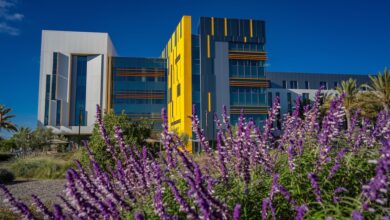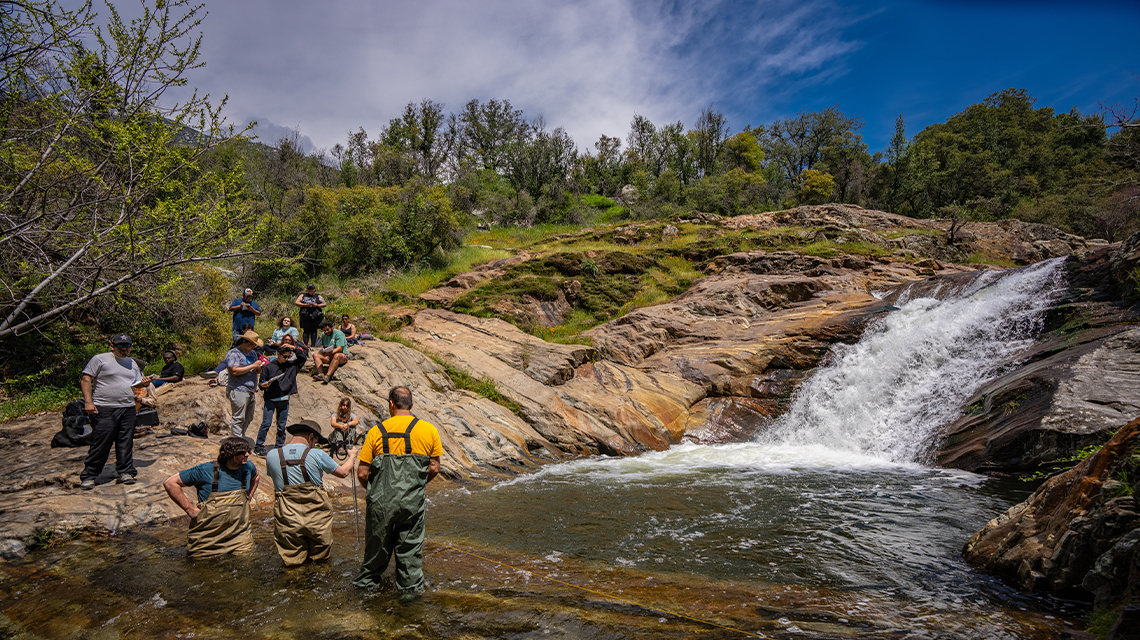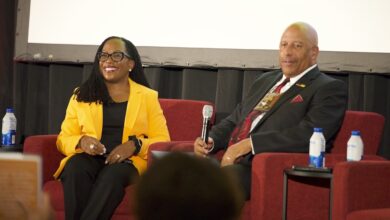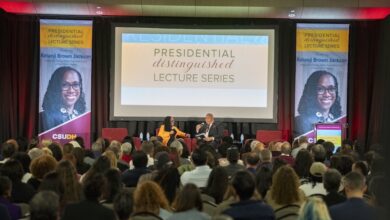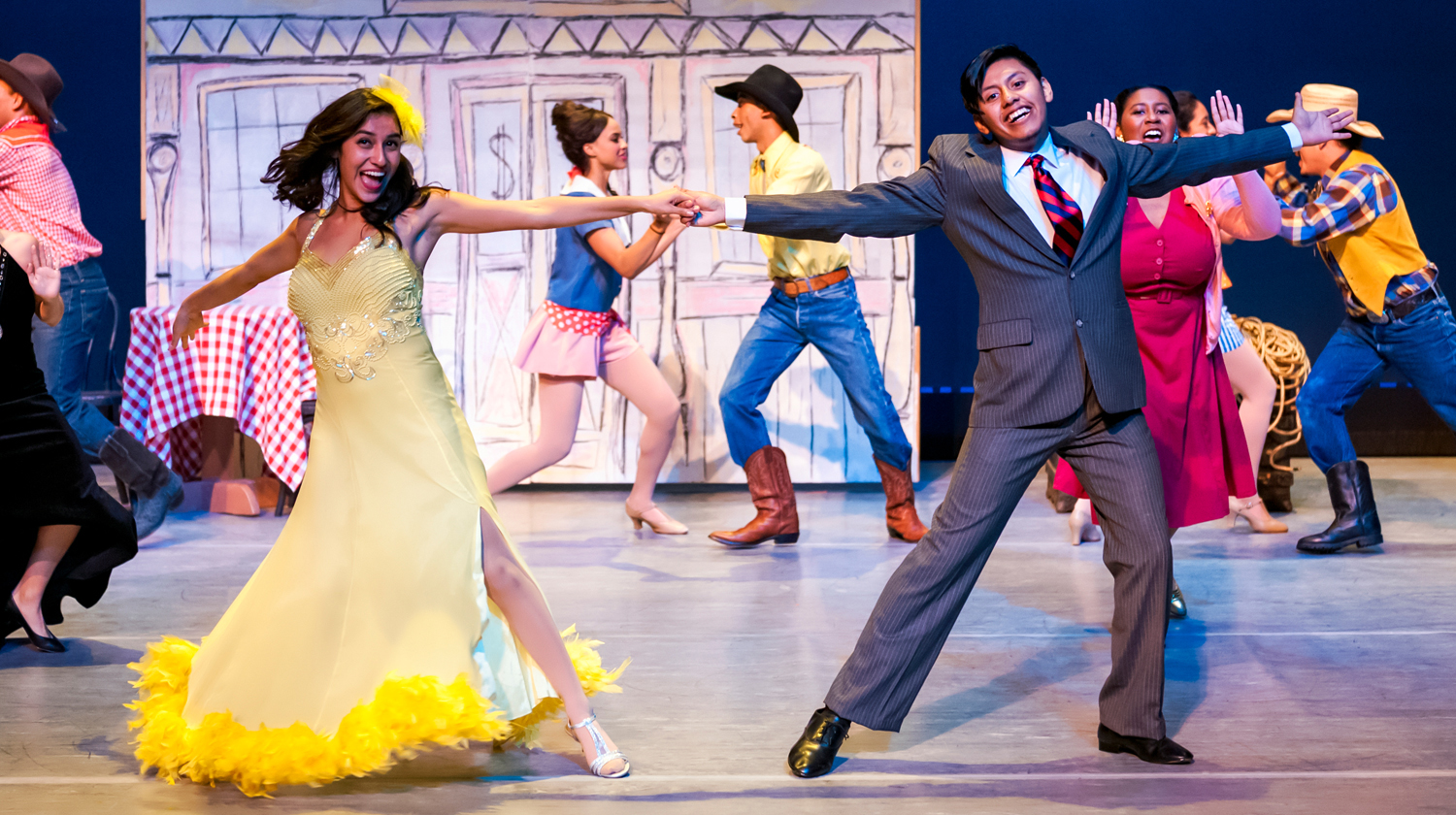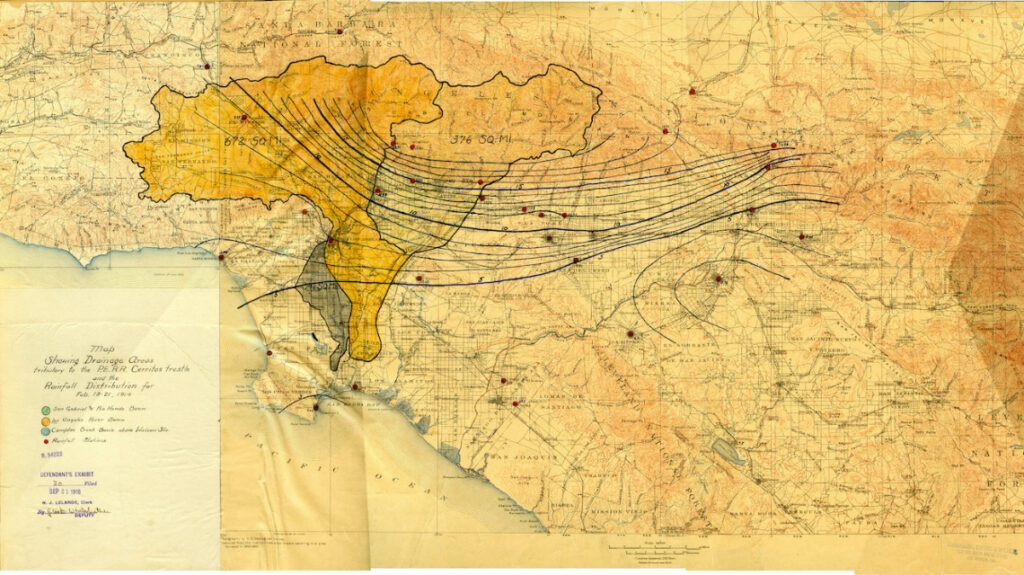
Taken literally, brackish water is where salt and fresh waters meet. However, in Brackish Water Los Angeles, the current exhibition in the CSUDH University Art Gallery, it becomes an expansive metaphor for the in-between environments, ecosystems, and infrastructure of Los Angeles.
The opening reception for Brackish Water Los Angeles is Sept. 18 from 4-7 p.m. in the University Art Gallery. All of the CSUDH community is welcome to attend.
Co-curated by Aandrea Stang and Debra Scacco, the art and research project examines issues of access, inclusion, ecological racism, and cultural/class interchanges along L.A.’s waterways. It is also part of Getty’s PST ART: Art & Science Collide initiative, which is featuring more than 60 exhibitions and programs across Southern California.
“Brackish Water Los Angeles brings a museum-quality exhibition to the University Art Gallery and CSUDH campus with artworks and historical specimens on loan from cultural institutions nationwide,” said Stang and Scacco. “As part of the PST ART initiative, we are excited to be among the breadth of exhibitions at the nexus of art and science.”
Brackish Water Los Angeles represents five years of research and curatorial planning, with CSUDH students and faculty having provided integral support to its development. Stang and Scacco co-taught two semesters of a course focusing on art and water, engaging student voices as a source of expertise and microcosm of the community.
The course also included cross-disciplinary research, field work and site visits to places like the Los Angeles River, Cabrillo tidepools, Gardena Willows Wetlands, LACMA, and La Brea Tar Pits. Course guest speakers were from a range of disciplines, including CSUDH Professor of Earth Science John Keyantash, environmental justice organizers, art curators, and, of course, artists.
Brackish environments within Los Angeles are often located in tidal zones and the city’s rapidly vanishing wetlands, which once densely covered the city. The CSUDH campus itself was once a wetland, and is located only a few miles from the brackish area of the Los Angeles River and the port of Long Beach—a place where the co-directors and their students spent a great deal of time.
In addition to the works on view on the CSUDH campus, Brackish Water Los Angeles also includes off-site activations and touchpoints, including Helen Mayer and Newton Harrison’s California Wash in Santa Monica, Judith F. Baca’s Great Wall of Los Angeles, and a new iteration of Nancy Baker Cahill’s augmented reality piece, Mushroom Cloud LA/Proximites, in Long Beach.
“Brackish Water Los Angeles addresses both the scientific and metaphorical aspects of the in-between,” the curators said. “We’ve created a show with the Dominguez Hills community that speaks to multiple meanings of the in-between: the meeting of fresh and saltwater, nature and infrastructure, and the marriage of cultures Los Angeles wide that create third spaces brimming with life, culture, and new beginnings.
“The project also offers audiences suggestions of inspiring ecological work happening right here in South Los Angeles, and ways to get involved.”
The exhibition is free and open to the public, closing Dec. 14, 2024. Visit gallery.csudh.edu for more information.

